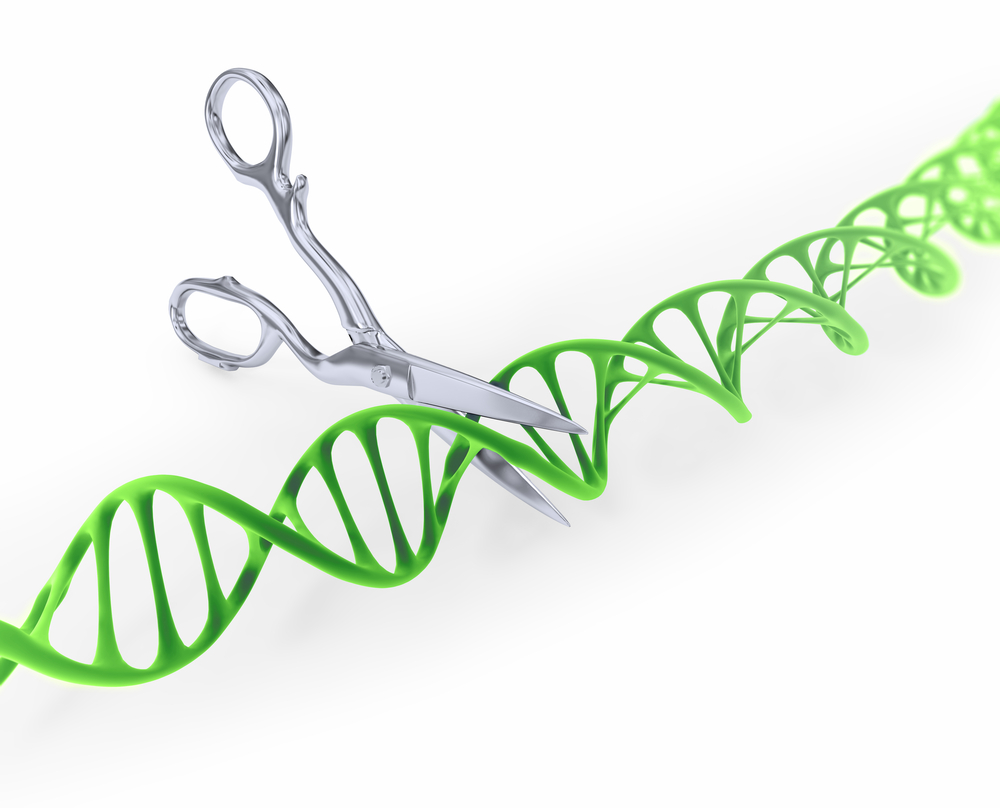Scientists Using Novel Gene-Editing Strategy as Potential Therapy for Duchenne’s

Scientists are using the CRISPR-Cas9 gene-editing technique to excise the defective sequence of the gene underlying Duchenne muscular dystrophy (DMD) and replace it with the correct sequence for restoring healthy gene function in these patients.
“We want to use genetically corrected stem cells to replace the stem cell pool and make new muscles that function normally,” Yaoliang Tang, MD, PhD, cardiovascular researcher in the Vascular Biology Center at the Medical College of Georgia at Augusta University, said in a press release.
Tang was the successful recipient of a $2.6 million grant from the National Institutes of Health (NIH) to foster studies on DMD research using animal models.
Duchenne MD is a genetic disorder caused by mutations in the dystrophin gene leading to muscle fiber degeneration and muscle wasting.
The team of scientists is using the gene-editing tool CRISPR-Cas9 to cut out the incorrect sequence from the dystrophin gene and substitute it with a synthesized, correct sequence that will restore gene function and lead to production of the normal dystrophin protein.
To do this, scientists are using muscle cells from mice with DMD. They then revert these muscle cells to a stem cell-like state, called induced pluripotent stem cells (iPSCs). This is important because these cells are easier to manipulate and work with, and they can then be transformed to any cell type.
After correcting the gene sequence, scientists instruct the iPSCs to become muscle progenitor cells. They then will return these cells to the original mice, which are expected to generate healthy muscle cells.
“It’s going to hone to the muscle and differentiate into a muscle cell. So it’s going to go back in and rebuild everything,” said Mark Hamrick, PhD, a scientist also involved in this project.
A concern when using stem cells is that, due to their proliferative potential, they may lead to cancer. To lessen that possibility, scientists are adding a small molecule called Plurisin#1 to the pool of muscle progenitor cells that are returned back to the mice. This will selectively target potential remaining stem cells for elimination.
“After we do the gene editing and make the muscle progenitor cells, we just want to remove any tumor-potential pluripotent cells remaining before returning cells to the animal,” Tang said.
These studies probably will take several years before scientists know if they will work in clinical trials for patients with DMD, the scientists said. However, they hope the results from this strategy will be used to restore healthy life to these patients.






